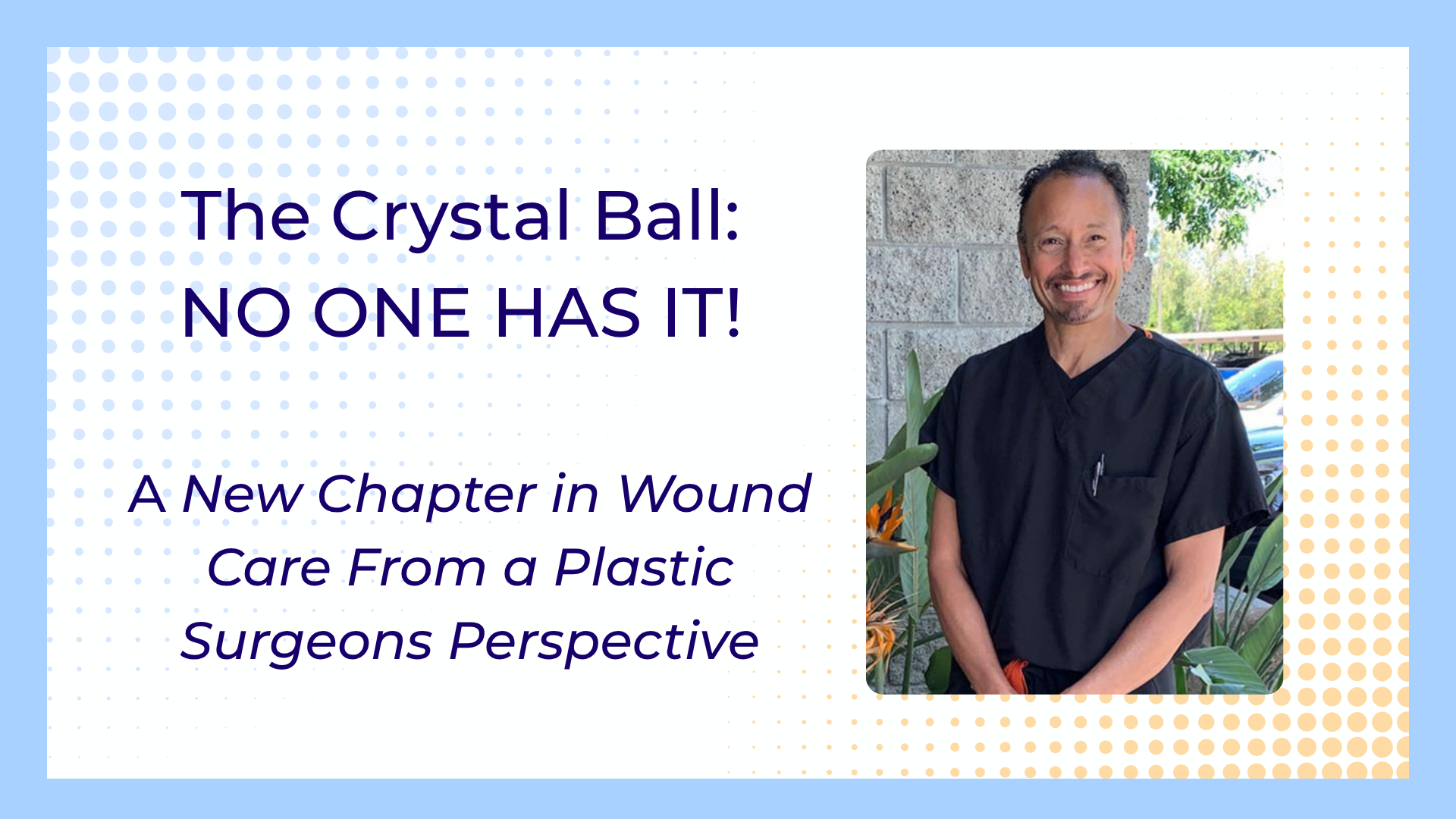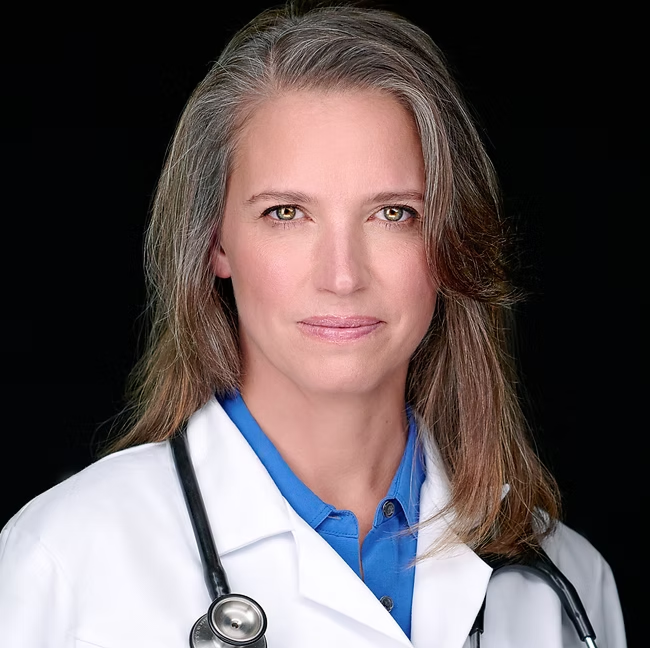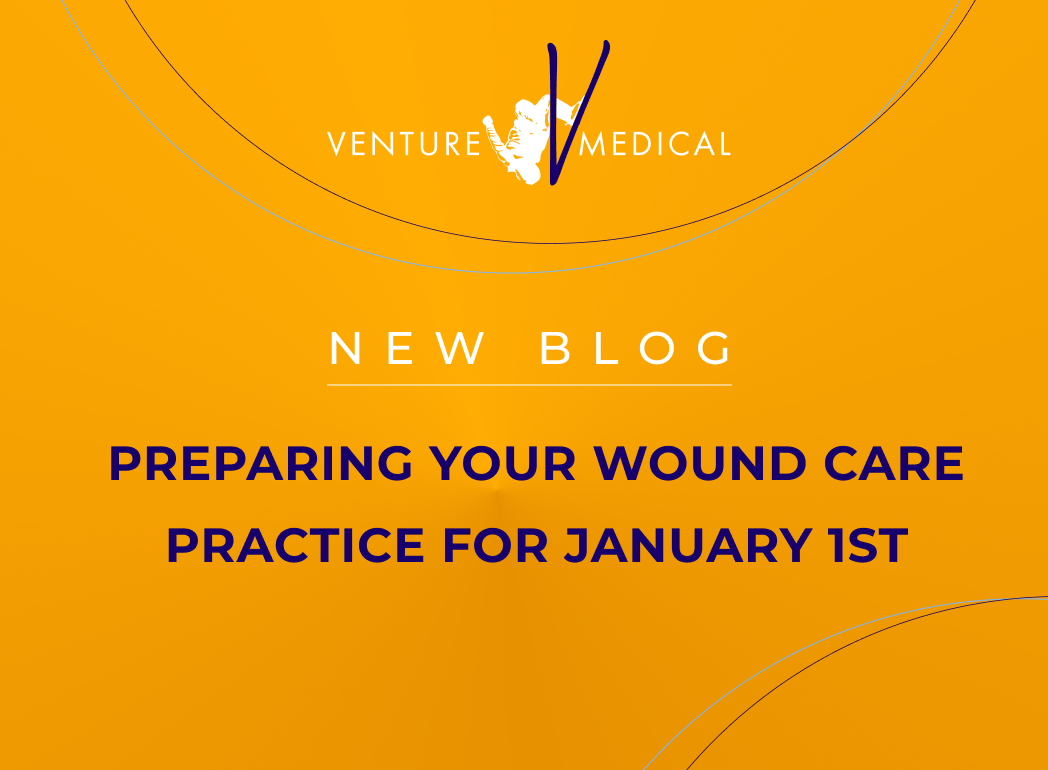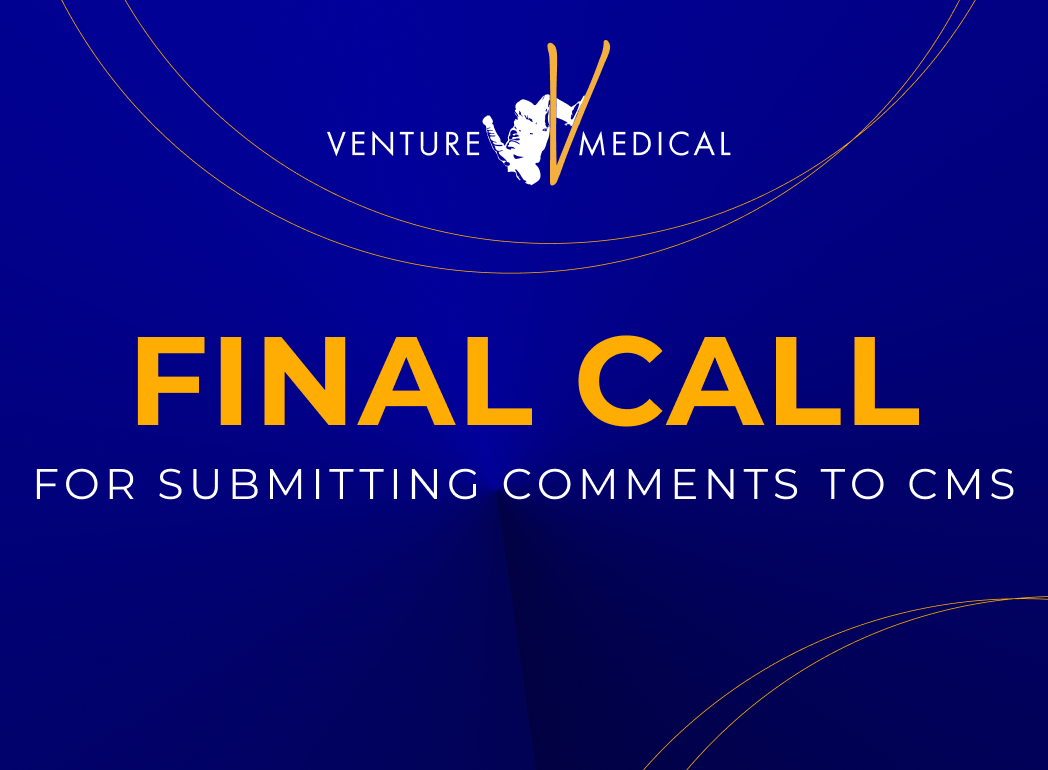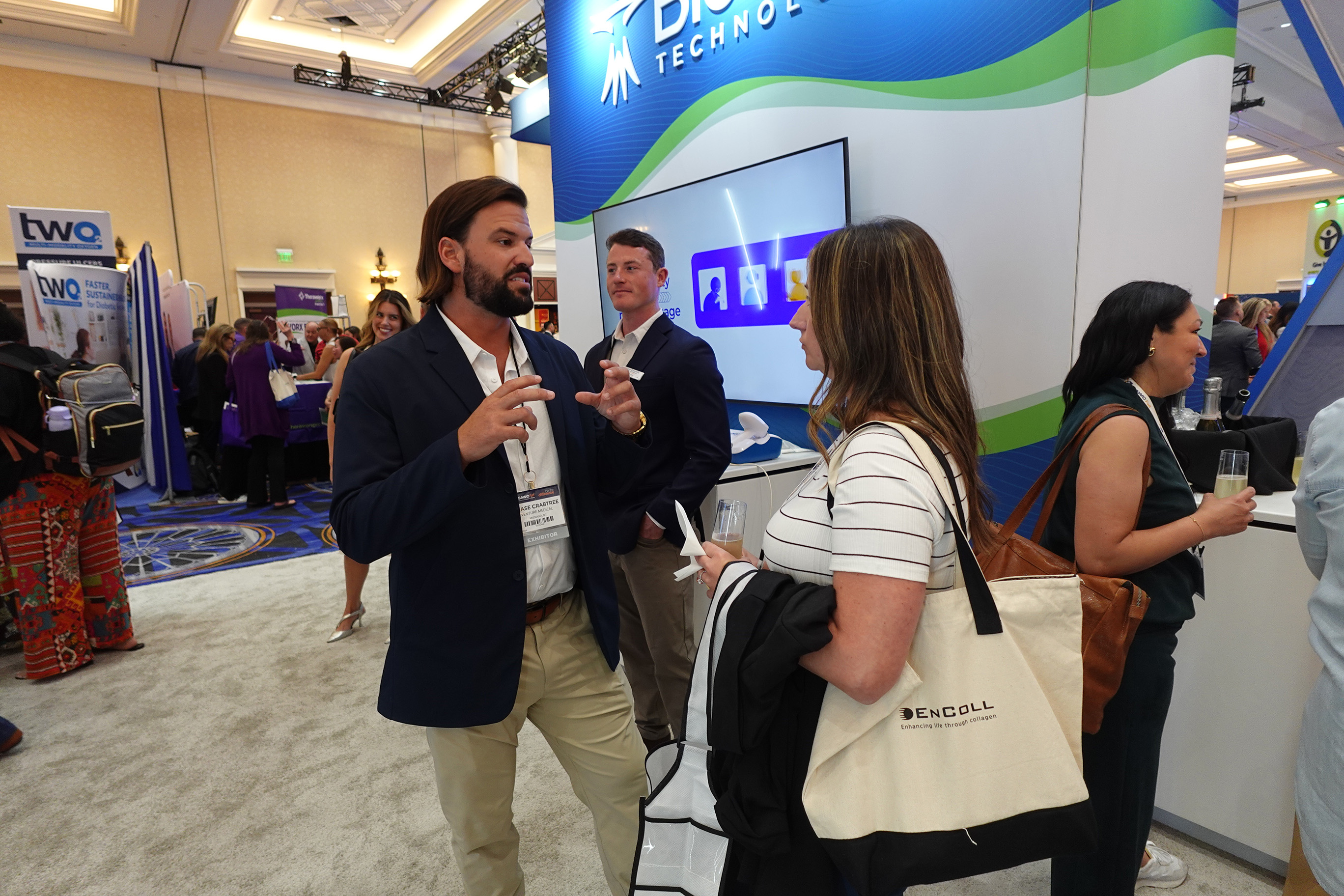Venture Position on CMS and MAC Skin Substitute Proposals

Venture Medical, LCC is sharing our position on the CY2026 Medicare Physician Fee Schedule and our future recommendations.
The proposed changes to skin substitute reimbursement and coverage in the CY2026 Medicare Physician Fee Schedule (PFS) and Future Effective Local Coverage Determinations (LCDs) are unprecedented and have sparked alarm across the advanced wound care community—particularly among mobile and office-based providers. These proposals, while nominally aimed at consistency and cost control, are based on flawed assumptions and methodologies that will result in reduced access, disrupted clinical practice, and long-term harm to patients and innovation. At Venture Medical we have been working for many months to help chart a course from the current unsustainable system to one which is rational and workable for patients, providers, industry and CMS. As many of you are preparing your comments on these policies, we wanted to share a summary of the direction in which we think the wound care community should be pushing. If you would like to discuss further, please reach out to us.
•Rescind the Future Effective LCDs
o Originally designed to control cost—now redundant after CMS pricing reform.
o Restrictive product selection harms access, limits clinician choice, and stifles innovation.
o Sole reliance on RCTs ignores the value of real-world evidence (RWE) and other valid evidence.
o Especially harmful for wounds like VLUs, PUs and surgical wounds where RCTs are limited or impractical.
o Proposed update cycles span years—unworkable for a dynamic clinical field.
Recommendations for the Future:
• Support Clinical Flexibility
o Products billed “incident to” clinician services should be selected by the clinician like other incident-to items.
o Clinicians are best positioned to select appropriate products based on evidence, experience, and patient need.
o Blocking new products from the market discourages new product innovation and restricts access
o Incentivize evidence development with enhanced payments instead.
o Arbitrary 8-application cap is not evidence-based and should also be removed.
• Call for a National, Uniform LCD Framework
o Establish consistent rules and documentation standards across all wound types.
o Avoid regional disparities and overly prescriptive policies—maximize clinical flexibility for providers.
• Replace ASP Model with a Higher Fixed-Fee Rate
o ASP-based pricing is highly variable ($7–$13,117/cm²), unpredictable, and misaligned with clinical value.
o Tiered reimbursement creates artificial hierarchies not tied to comparative outcomes.
o Preferred model for 2026: single flat fee (e.g., $600–$1000/cm²) based on economic modeling
• Fix Reimbursement Rates
o CMS used only HOPD data—other sites of care must be included in rate calculations.
o Accurate modeling supports a base rate of $550–$711/cm².
o Raise non-facility physician application fees to >$500 for equity across care settings
o Moderate overzealous audit activity
• Support Innovation with Evidence-Based Enhancements
o Establish favorable payment enhancements for products which can demonstrate high comparative effectiveness via RCT or RWE – similar to pass-through concept
o Push for birth tissue product legislation tied to 2025 Health Services Bill.
o Reformed biologics pathway for future tissue products.







.svg)

